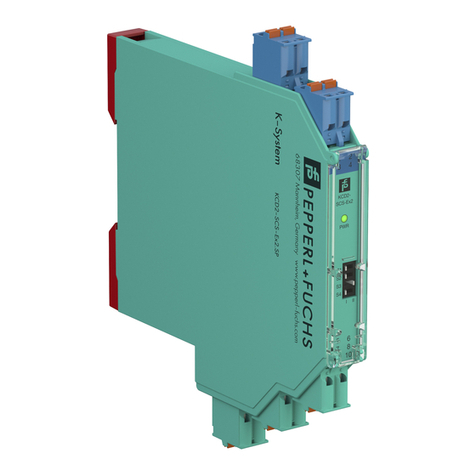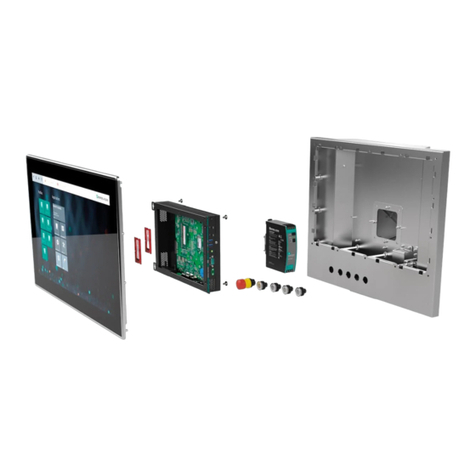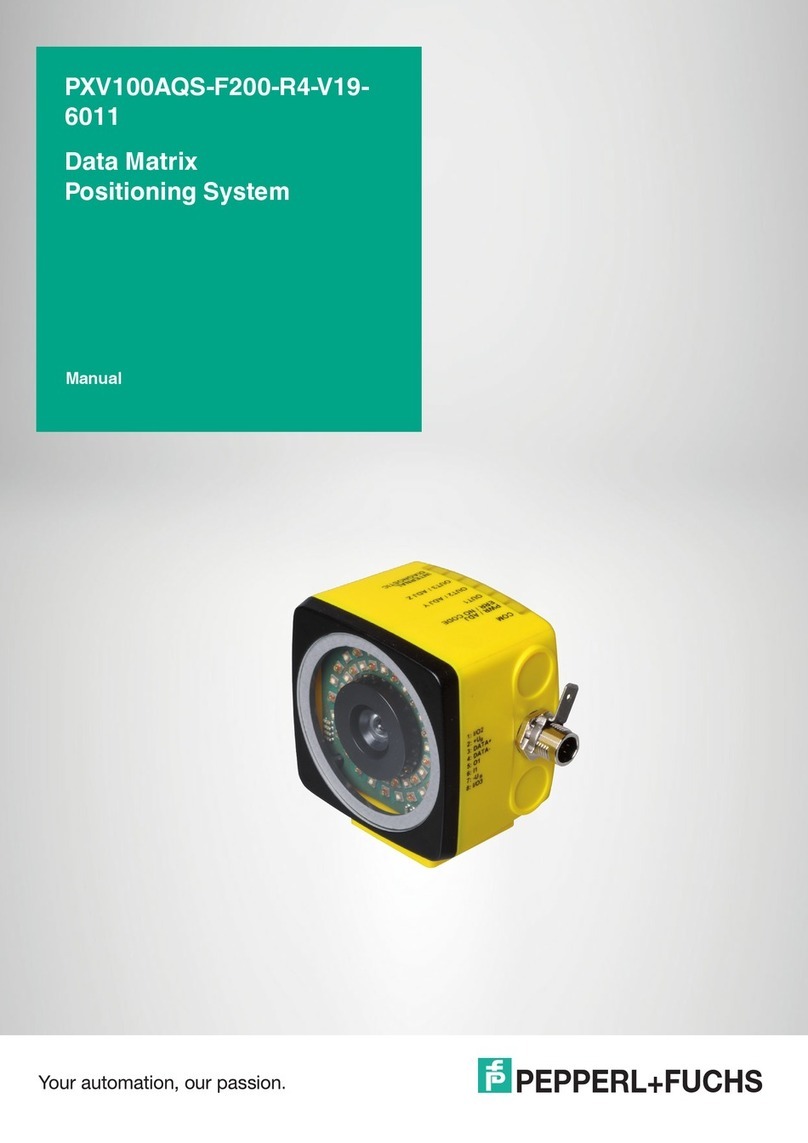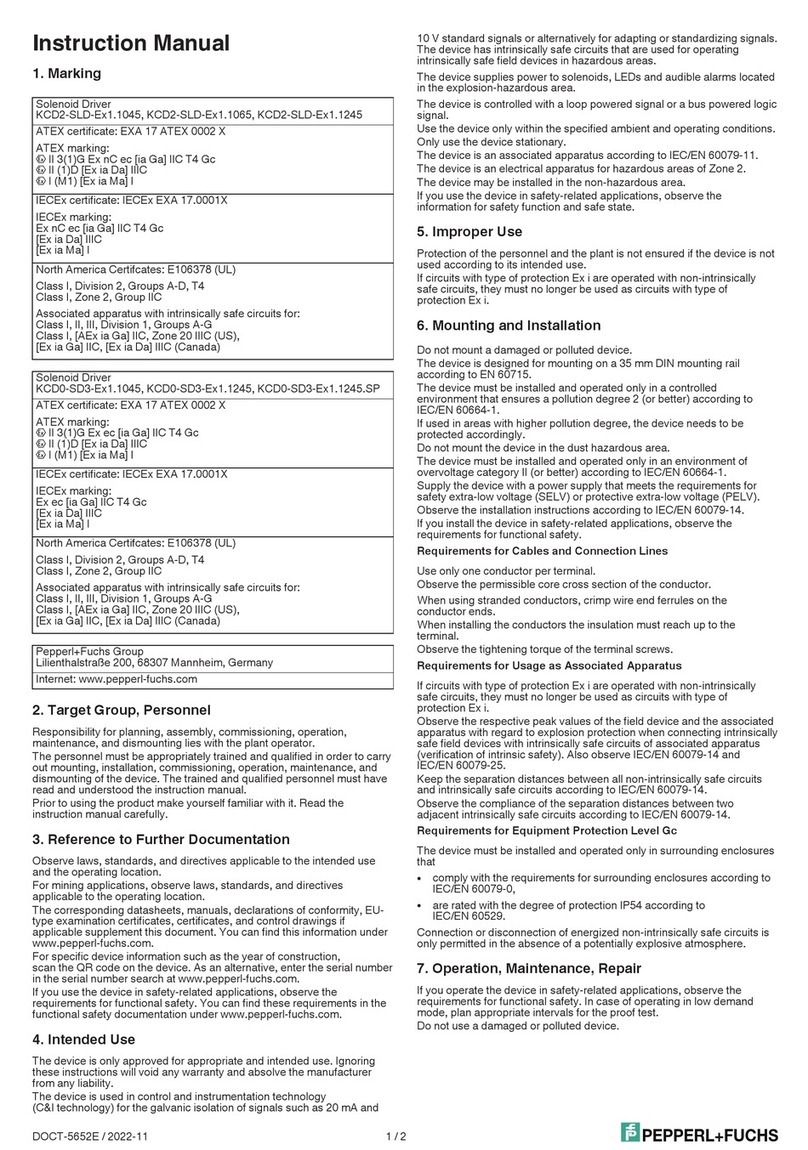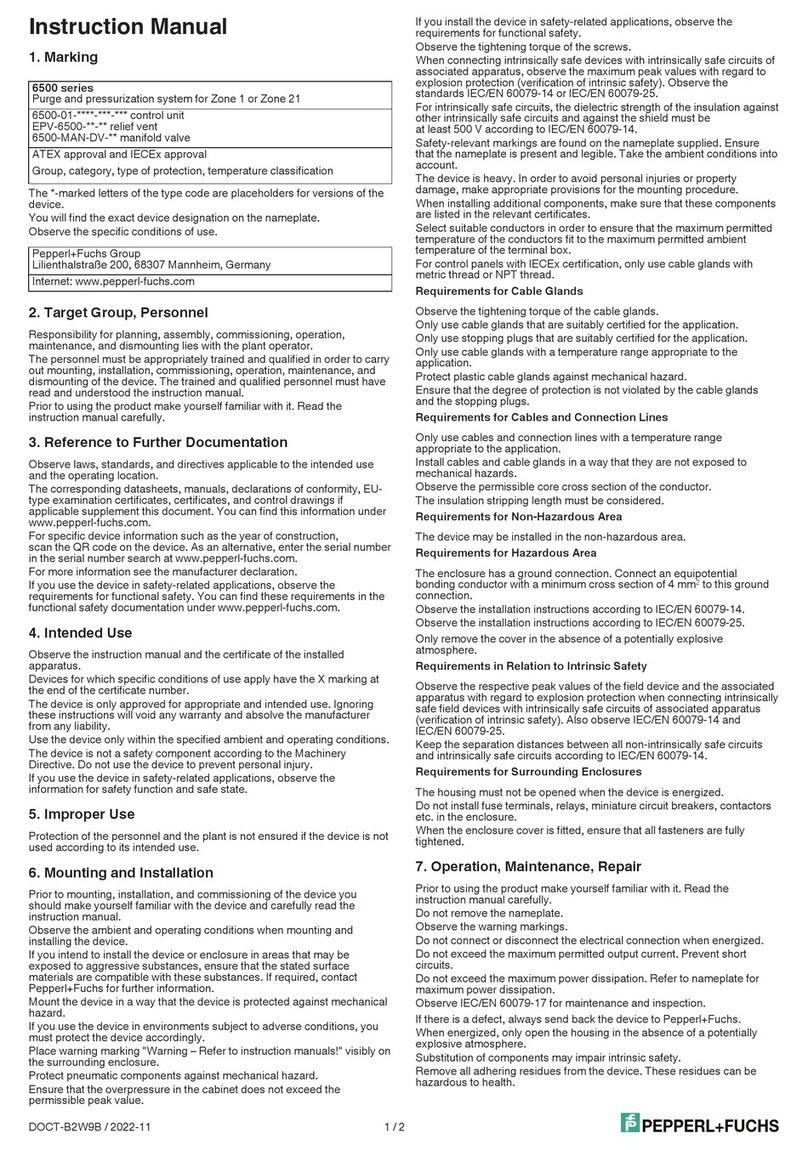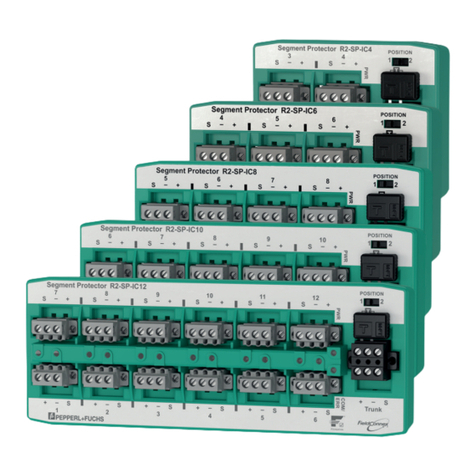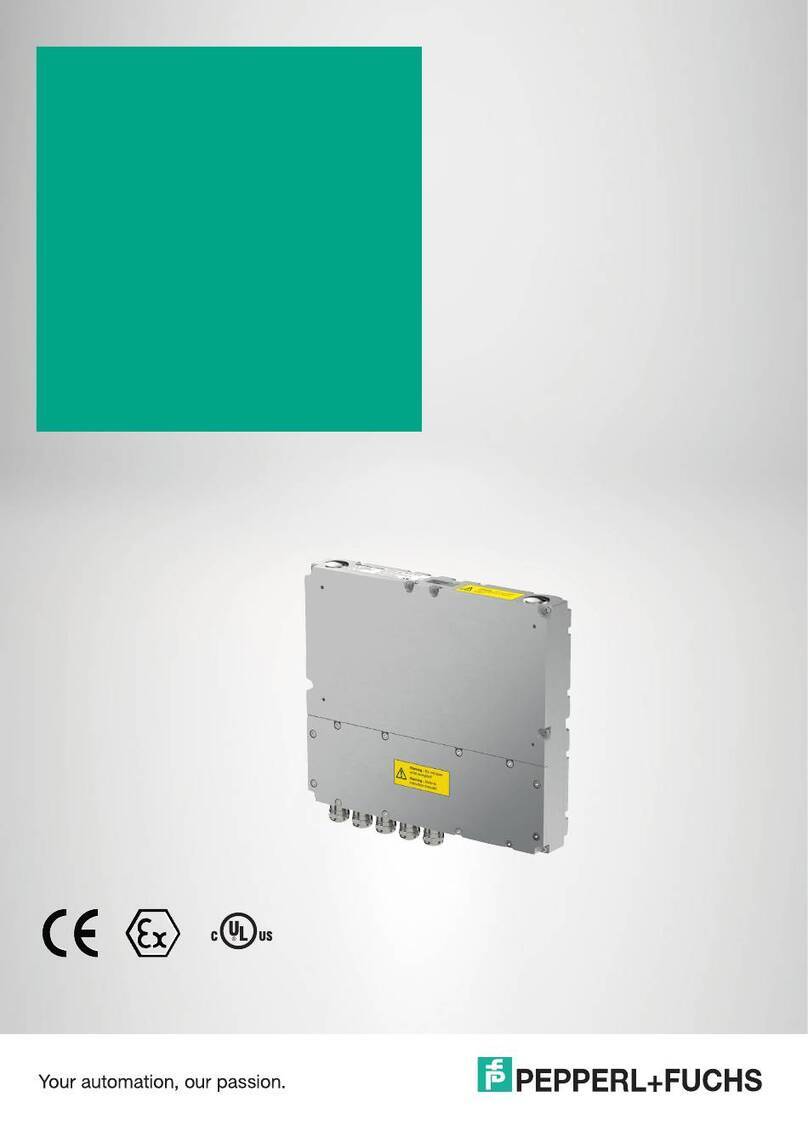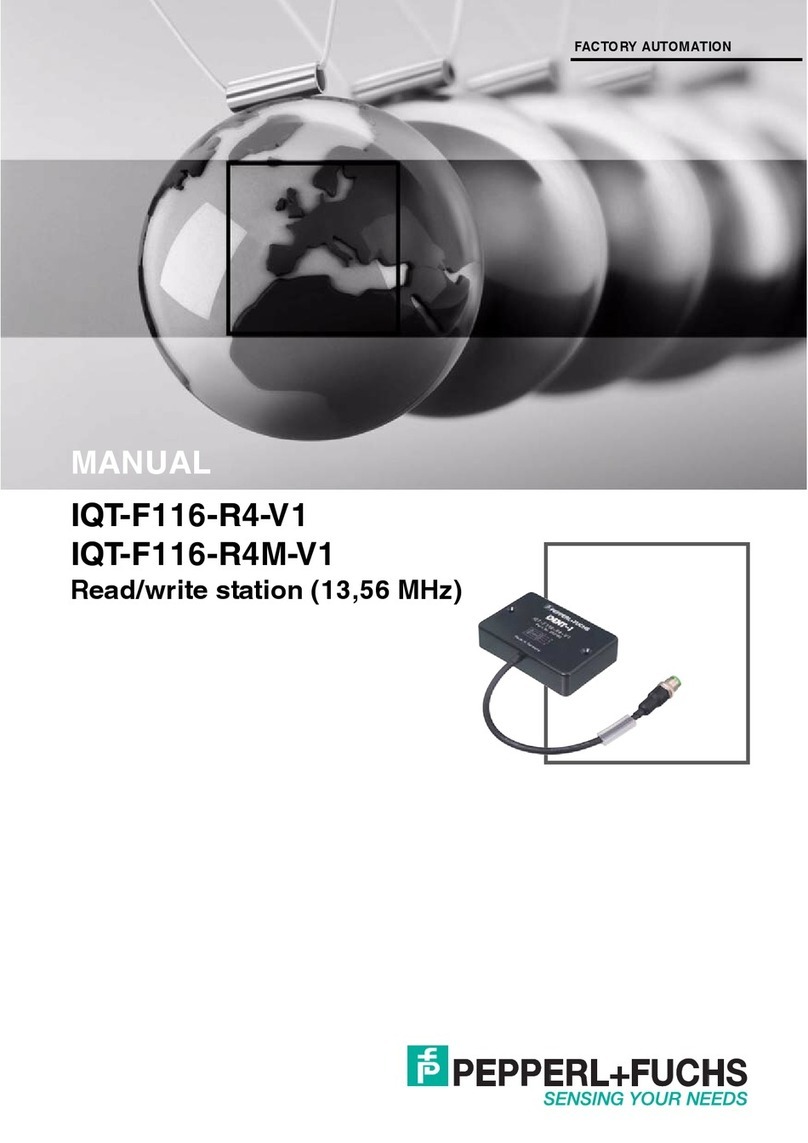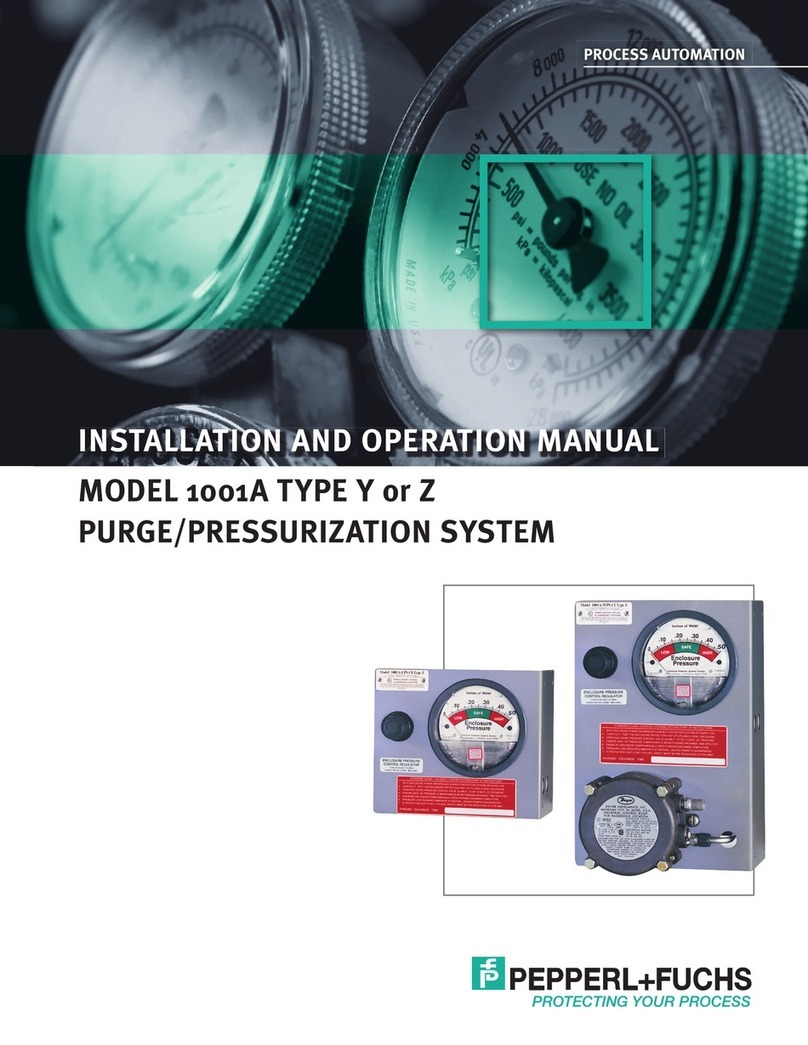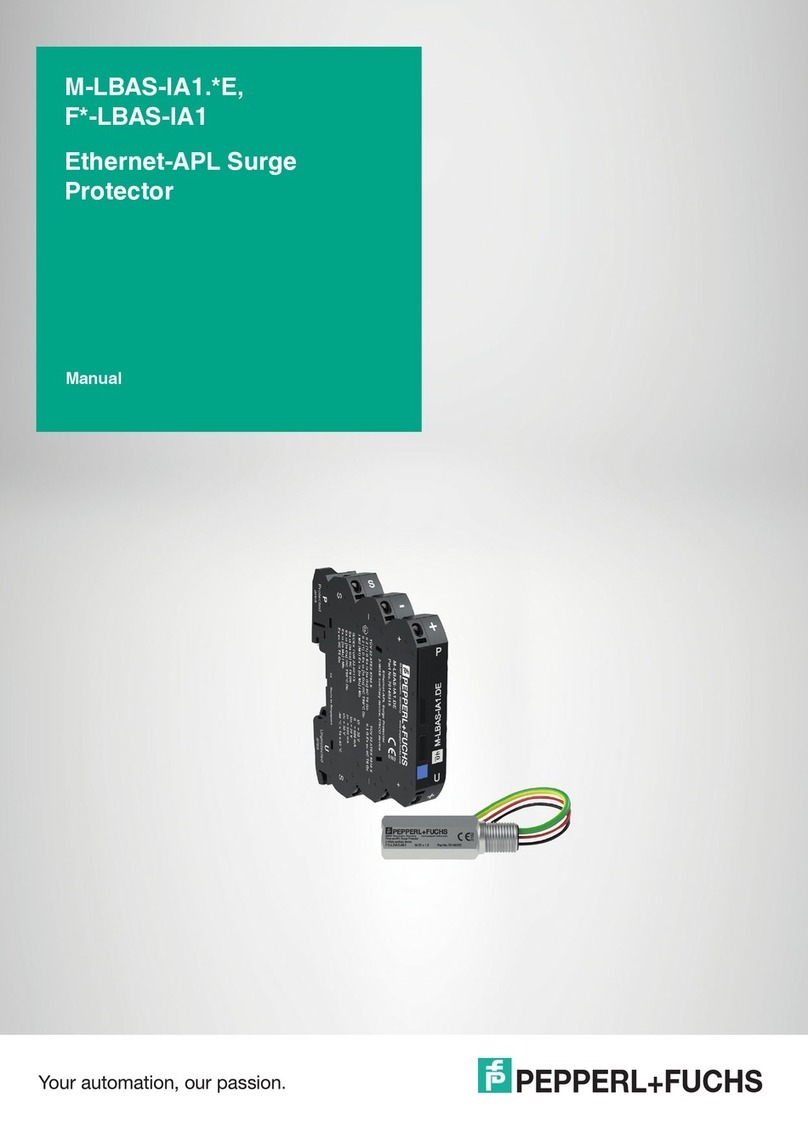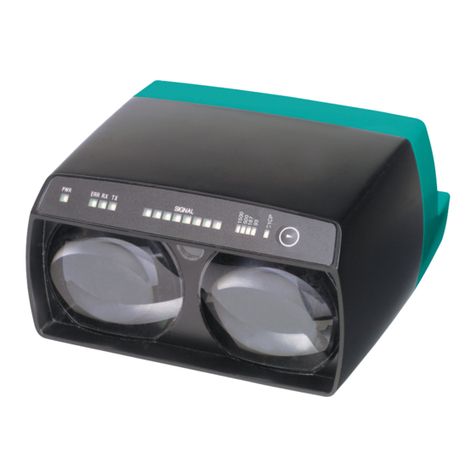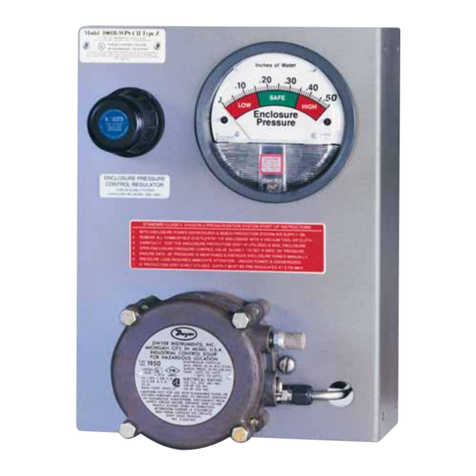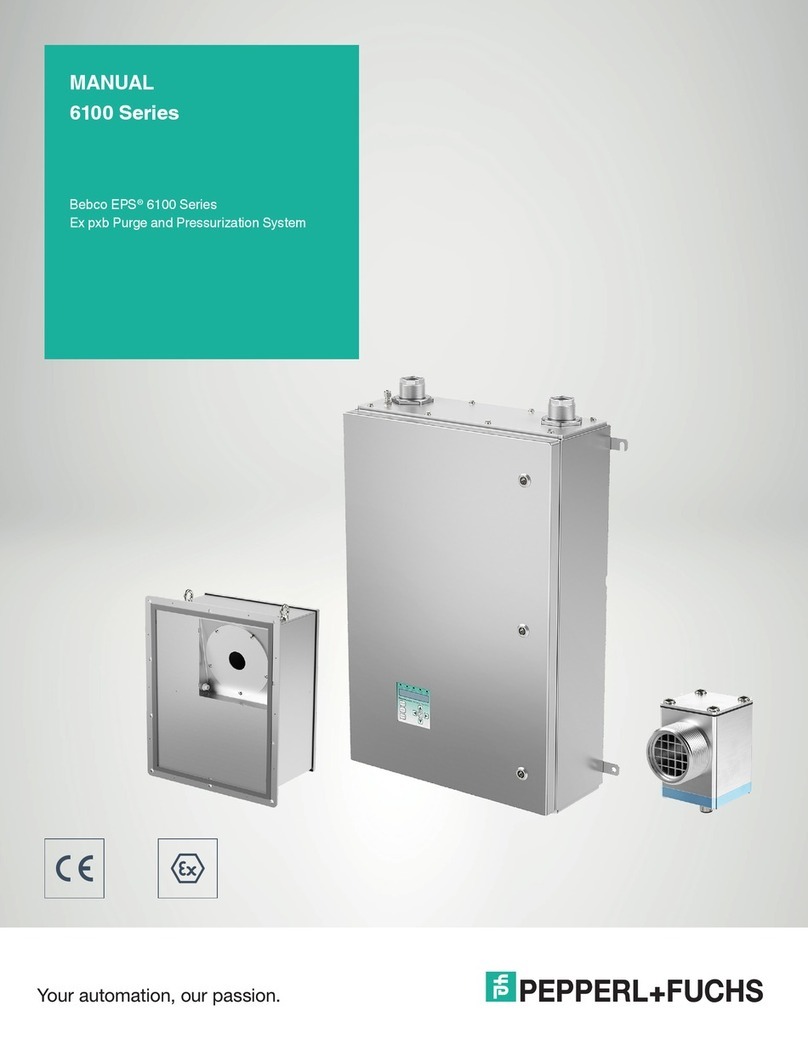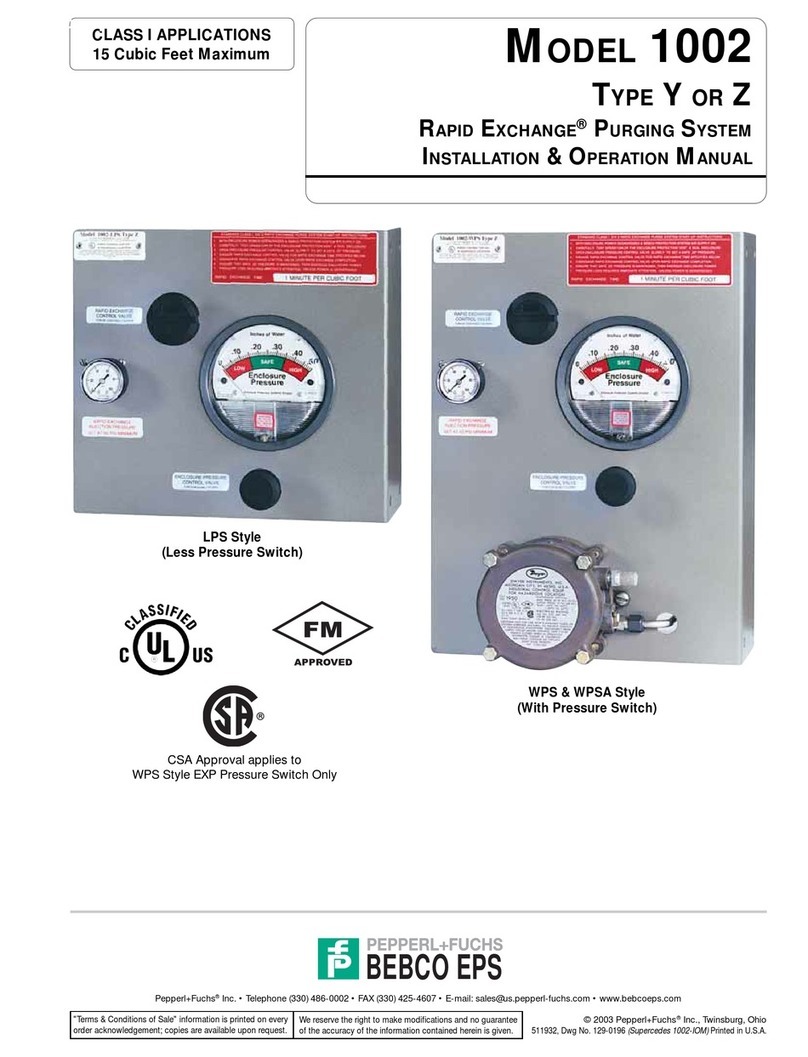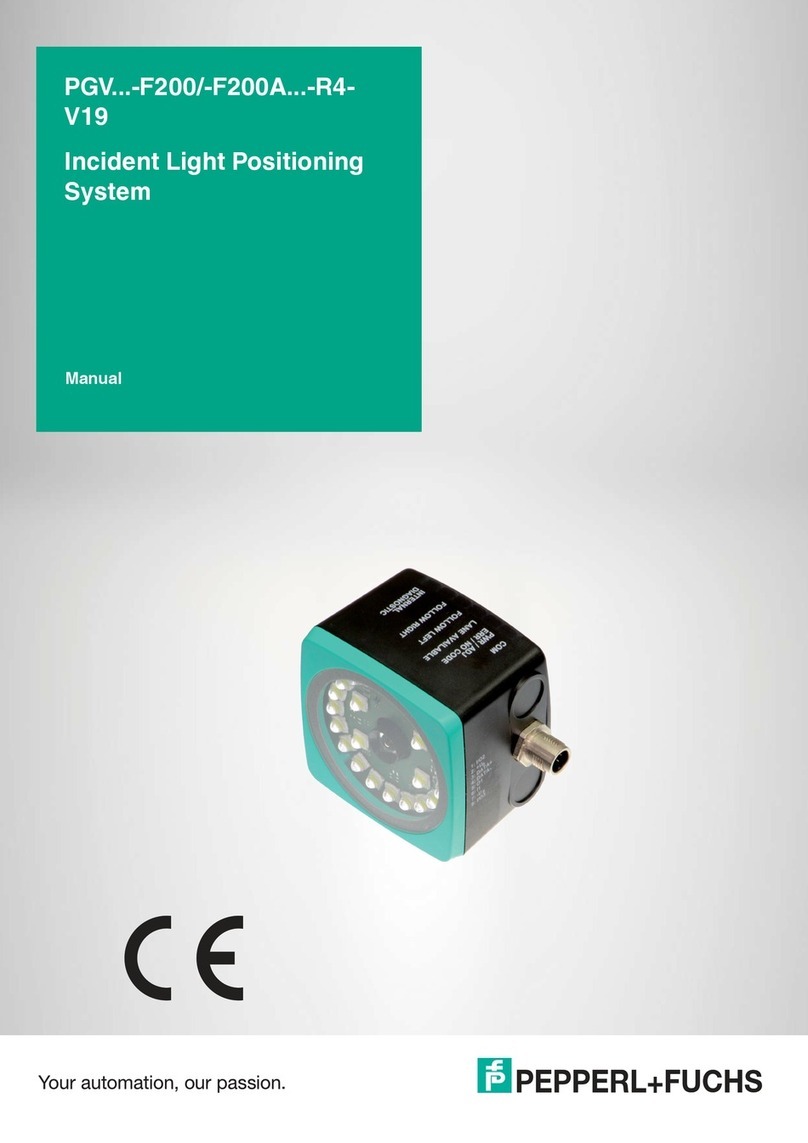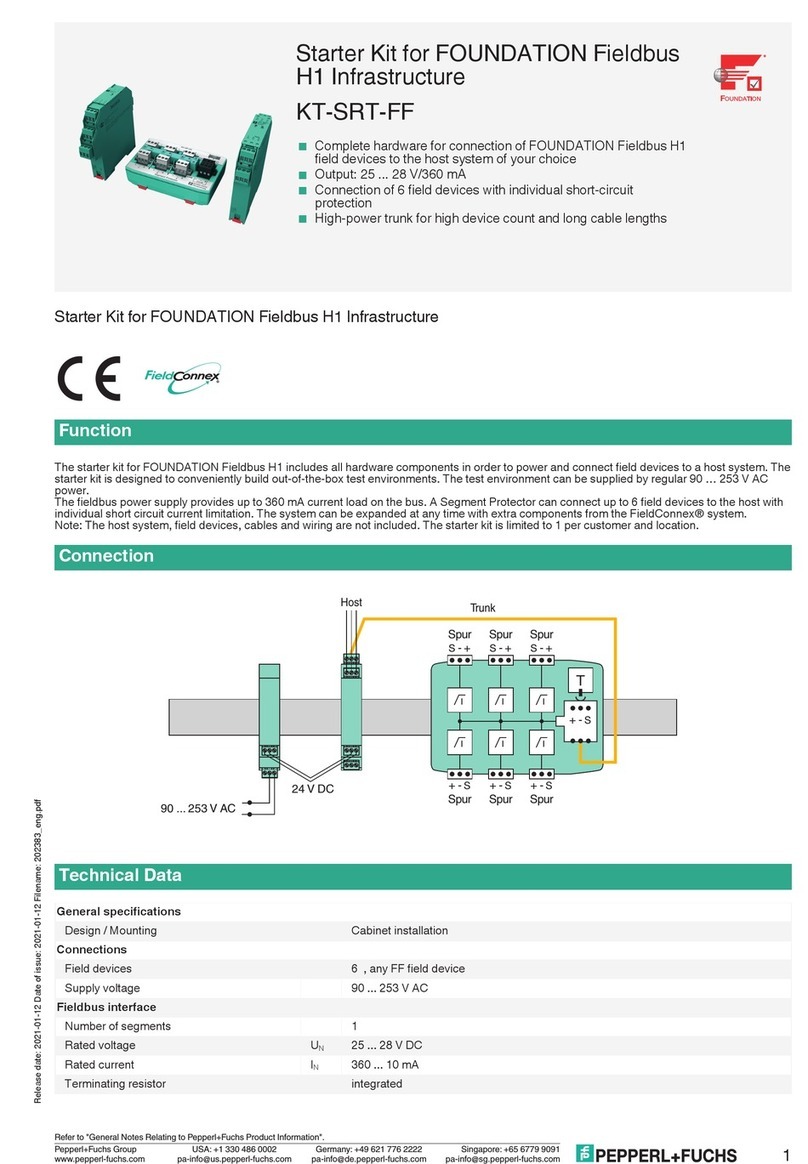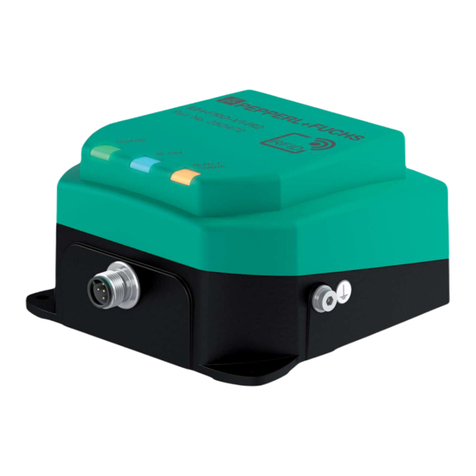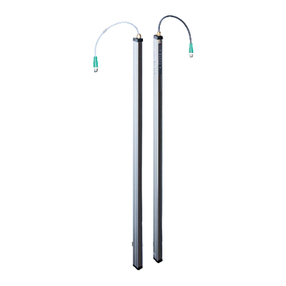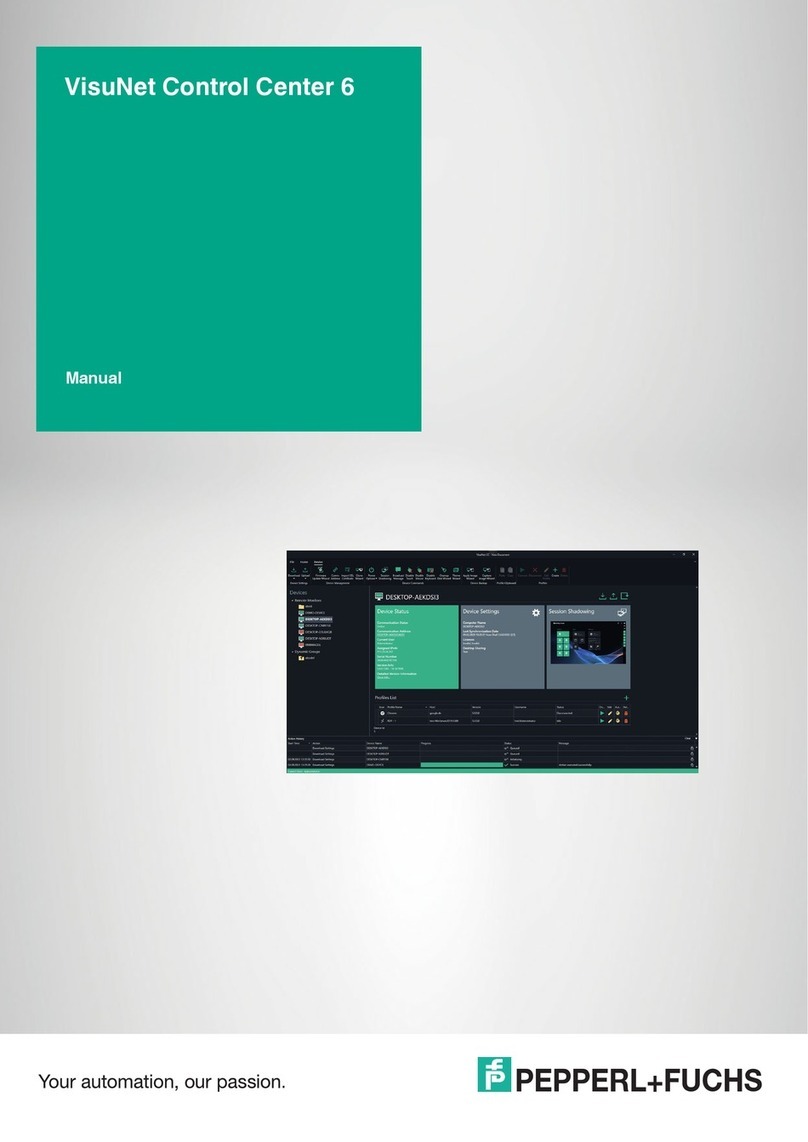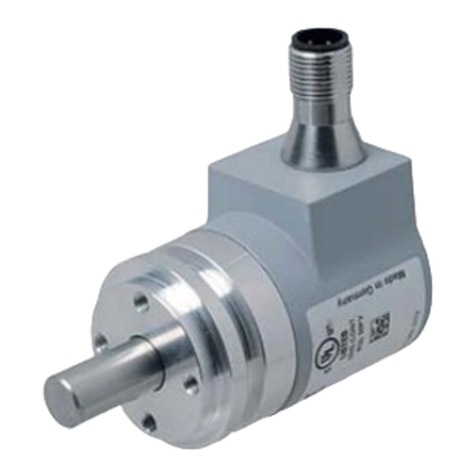22
Page 13 Pneumatic Tubing Requirements
Protective Gas Supply Requirements, Pneumatic
Connection Requirements
Page 14 Tubing Installation
LH, RH, TM, BM, WM, FM & PM Tubing
Configurations
Page 15 Tubing Connection Diagrams
LH, RH, TM, BM, WM, FM, & PM Configuration
Connection Points, Pneumatic Diagram
Page 16 Conduit Installation
Electrical & WPS Style Conduit and Connection
Parts
Page 17 Set-Up Procedure
Class I & Class II Set-up
Page 18 Operating Sequence
Class I & Class II Operation
Page 19 Troubleshooting Procedures
Troubleshooting Chart
Page 20 Warranty and Liability Statement
Warranty Notes, General Terms, Limitations
Page 21 System Maintenance
Regular Maintenance, Long-term Maintenance,
Maintenance Schedule
Page 22 Customer Notes
Page 24 Systems Identification & Application
Information
Important Notes
One (1) permanent file copy and one (1) operations copy of
this Manual must be studied and retained by the operator of
this System. User’s Agents are responsible for transferring
this Manual to the user, prior to start-up.
The contents of this manual have been arranged to allow the
use of this product as a stand-alone device on equipment
and enclosures supplied by the user or its agents. The
Manual’s parameters encompass a combination of both
National Fire Protection Association (NFPA) requirements
and Pepperl+Fuchs, Inc. requirements. Pepperl+Fuchs
therefore acknowledges the use of NFPA 496 as a guideline,
that we have enhanced certain NFPA requirements and that
additional information has been compiled to complete this
document. The Manual is intended as a complete guide and
must be considered, unless specifically stated otherwise,
that all directives contained herein are requirements for safe,
practical and efficient use of this product.
This System is not intended for use to protect enclosures
or devices which contain ignitable concentrations of gases
or vapors. This exclusion generally applies to process or
product analyzing systems equipment.
All specifications are subject to change without notice.
Table of Contents
Page 2 System Purpose and Description
Purpose, System Description, Important
Notes
Page 3 Identifying Your System
Defines specific features of the system
Page 4 General Information
System & Material Specifications, System Acces-
sories, Spare Parts, Tools & Test Equipment
Page 5 Enclosure and Device Design
Design Requirements, Adjacent Enclosures,
Device Ventilation, Temperature Limitations
Page 6 Installation Overview
Installation Diagram
Page 7 Getting Started
Establishing Connection Sizes, Determining
Enclosure Inlet & Outlet Connection Locations
Page 8 System Mounting
LH, RH, TM, BM & WM Configurations,
FM & PM Configurations
Page 9 Special Mounting Information
ECK, ILFK Connection Diagram, Typical Panel
Mount Diagram
Page 10 Mounting Plate Dimensions
Mounting Plate Dimension Diagrams
Page 11 Mounting Plate Dimensions (cont.)
Mounting Plate Dimension Diagrams
Page 12 Hardware Mounting
Optional Enclosure Protection Vent, Warning
Nameplates
Purpose
Pepperl+Fuchs' Bebco EPS System allows the use of general-
purpose or nonrated electrical or electronic devices, with
exception to devices which produce excessive heat, utilize
combustible gas, or expose arcing contacts to the hazardous
atmosphere, in NEMA (National Electrical Manufacturers
Association) 4 or 12 enclosures in the place of explosion
proof NEMA 7 enclosures. Other purposes include heat,
moisture and dust contamination prevention.
Description
Model 1001A is an enclosure pressurization or purging
system that operates on a supply of compressed instrument
air or inert gas. It regulates and monitors pressure within
sealed (protected) enclosures, to prevent combustible
dust accumulation or remove and prevent flammable gas
or vapor accumulations. In Class II areas, the system
maintains a “safe” (1.0") pressure. In Class I areas, the
system accomplishes four air exchanges and maintains
a “safe” (0.25") pressure. These processes reduce the
hazardous (classified) area rating within the enclosure(s), in
accordance with the NEC - NFPA 70, Article 500, NFPA 496
and ISA 12.4
http://www.RSPSupply.com/p-6798-Hoffman-A1001YZUMC2-Purging-Pressurization-System-10-CF.aspx
